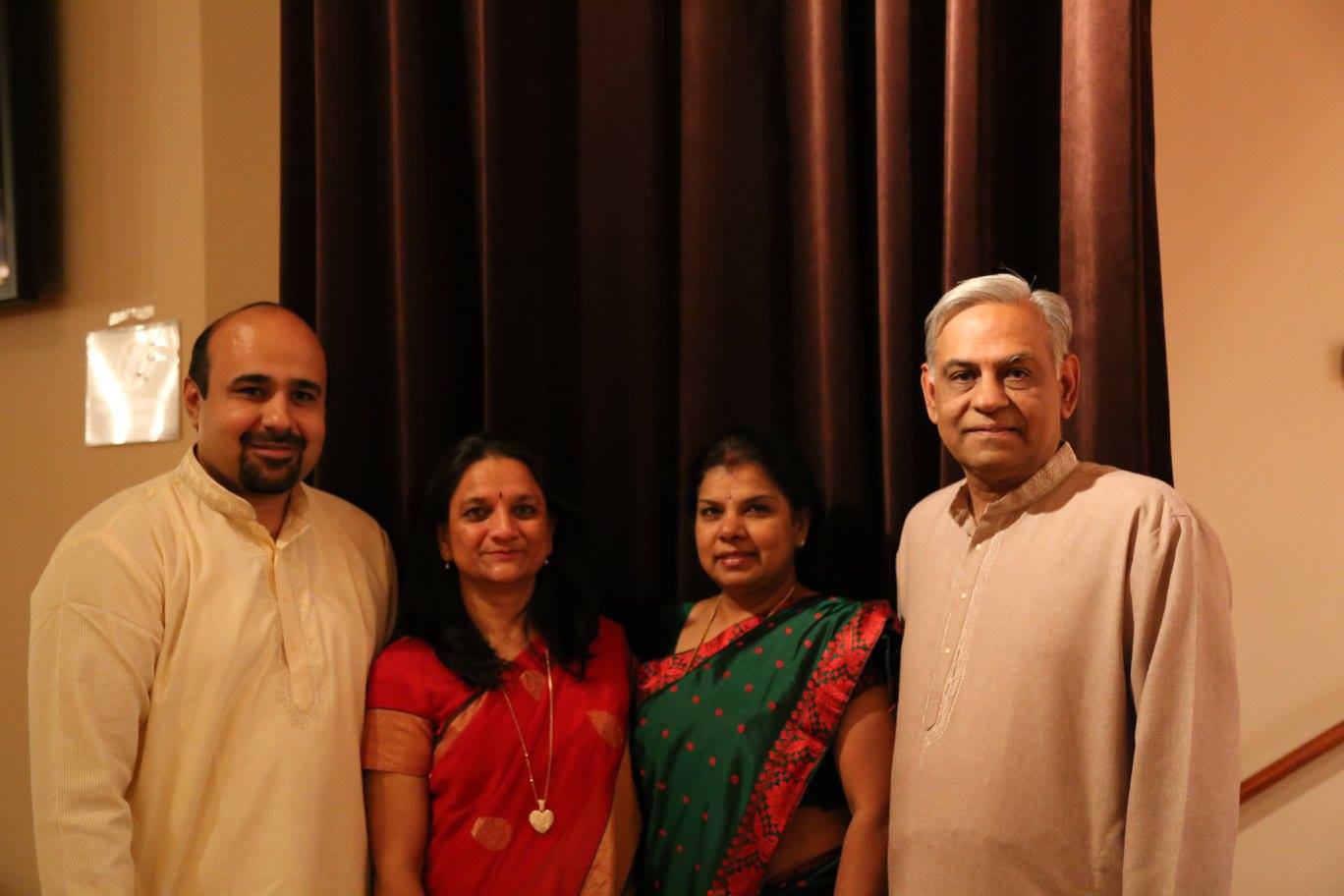Contribute
| Our Voice And Yours |
Lokvani Team
03/02/2017
Kerala's infant mortality rate (IMR) — the number of children under the age of 1 who die for every 1,000 born — has been brought down to 6, a level equal to that of the US and the average for developed nations, according to the National Family Health Survey (NFHS) of 2015-16. To put it in perspective, if India, with a current IMR of 41 could get it down to 6, around seven lakh children would be saved each year.
Kerala had been struggling over the past decade to bring down the IMR to a single digit from 12 where it has been stuck since 2009, according to the Sample Registration Survey (SRS) conducted by the office of the registrar of census. In the last NFHS done in 2005-06, Kerala's IMR was 15. An IMR of 6 is lower than that of countries like Russia (8), China (9), Sri Lanka (8) and Brazil (15).
Kerala continues to be way ahead of other Indian states on this measure, the closest big state to it being Tamil Nadu with an IMR of 21. Paediatricians and public health experts in Kerala, however, are more sceptical than overjoyed at the new numbers.
While many are willing to believe that the IMR has dipped below 10 in recent years, a dramatic fall to six is something they are skeptical about. With the falling number of births, they wonder if the number of infants in the overall NFHS sample for Kerala was adequate to measure IMR accurately. Over 60% of infant mortality is neonatal mortality (death within the first 28 days of birth). Most of these deaths are due to prematurity, low birth weight and asphyxia at birth.
"There has been a focus on IMR as part of the millennium development goals, which gained momentum in the last seven to eight years even though the goals were launched in 2000. In our own hospital, we have seen neonatal mortality fall by half," says Dr Mohandas Nair, additional professor in paediatrics in Kozhikode Medical College.
Several Sick Newborn Care Units and New Born Stabilisation Units have been set up in public hospitals in the state with central government funds. The Navjaat Sishu Suraksha Karyakram of the central government has helped train nurses in all government hospitals and even private hospitals in basic newborn care and resuscitation.
Dr Nair feels these efforts could have led to a steady decline to a single digit, most probably around 8 or 9 rather than a sudden fall from 12 to 6.
Dr V Ramankutty, a paediatrician and public health professor of Achutha Menon Centre, in Sree Chitra Tirunal Institute for Medical Sciences and Technology, says it would have been better if the NFHS had indicated a range for the value that accounts for any sample size error. "I am not saying that the IMR of 6 is impossible or wrong. If the range of IMR is 5-7 or 4-8, that would be very good, but if it is 2-12, that's nothing to be happy about. To bring down IMR from such a low level of 12, high technology capital intensive interventions are needed. I don't think that kind of investment in newborn care has happened in Kerala," explained Dr Ramankutty.
http://timesofindia.indiatimes.com/india/kerala-as-good-as-us-oecd-in-saving-newborn-children/articleshow/57438366.cms
You may also access this article through our web-site http://www.lokvani.com/
